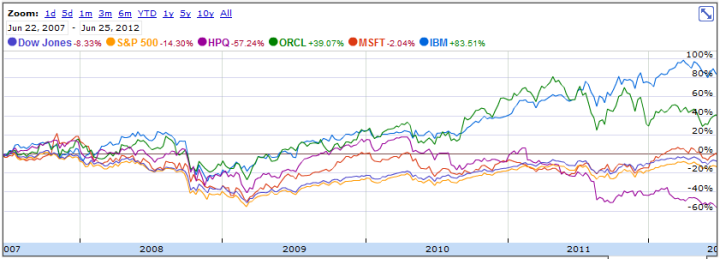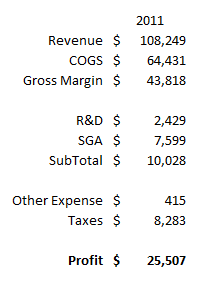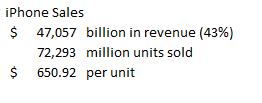Some time ago I wrote a post about the Apple Brand Promise where I proposed that the magic of Steve Jobs was making his customers feel cool for buying his products. I still think people buy Apple products because of the way it changes how others view them. People feel cool when holding an Apple device and not because it makes them more productive or smarter and clearly not richer, but because the Apple brand promise says cool people buy Apple devices.
Cool is almost impossible to fake, and there is no formula for becoming cool. Just ask any rock band, super model, or San Francisco restaurant owner -- cool is as impossible to predict as stock price.
Cool is also impossible to copy. Fake Rolex watches will never be cool. No one is going to remember the band that tried to be like A Flock of Seagulls.
Those who have been touched by the ferry godmother of cool all know down deep that the chances of becoming cool are about the same as winning the lottery. Feel lucky if you win, but don't start thinking it was because you deserved it.
Which brings us to Microsoft. Microsoft makes people productive and enables them to keep more of their money in their pockets. It is rare that one feels cool with a Microsoft product, but who cares! I will take smart over cool any day. Smart matters, smart is lasting, people who are smart got there on more than the luck of the draw. The Microsoft brand promise should be associated with smart -- not cool.
I think many of us have lost track of what the Microsoft Brand Promise is. If you know, feel free to post a reply.
When using W8 the other day (I mostly use W7), I did not feel smart or cool!





